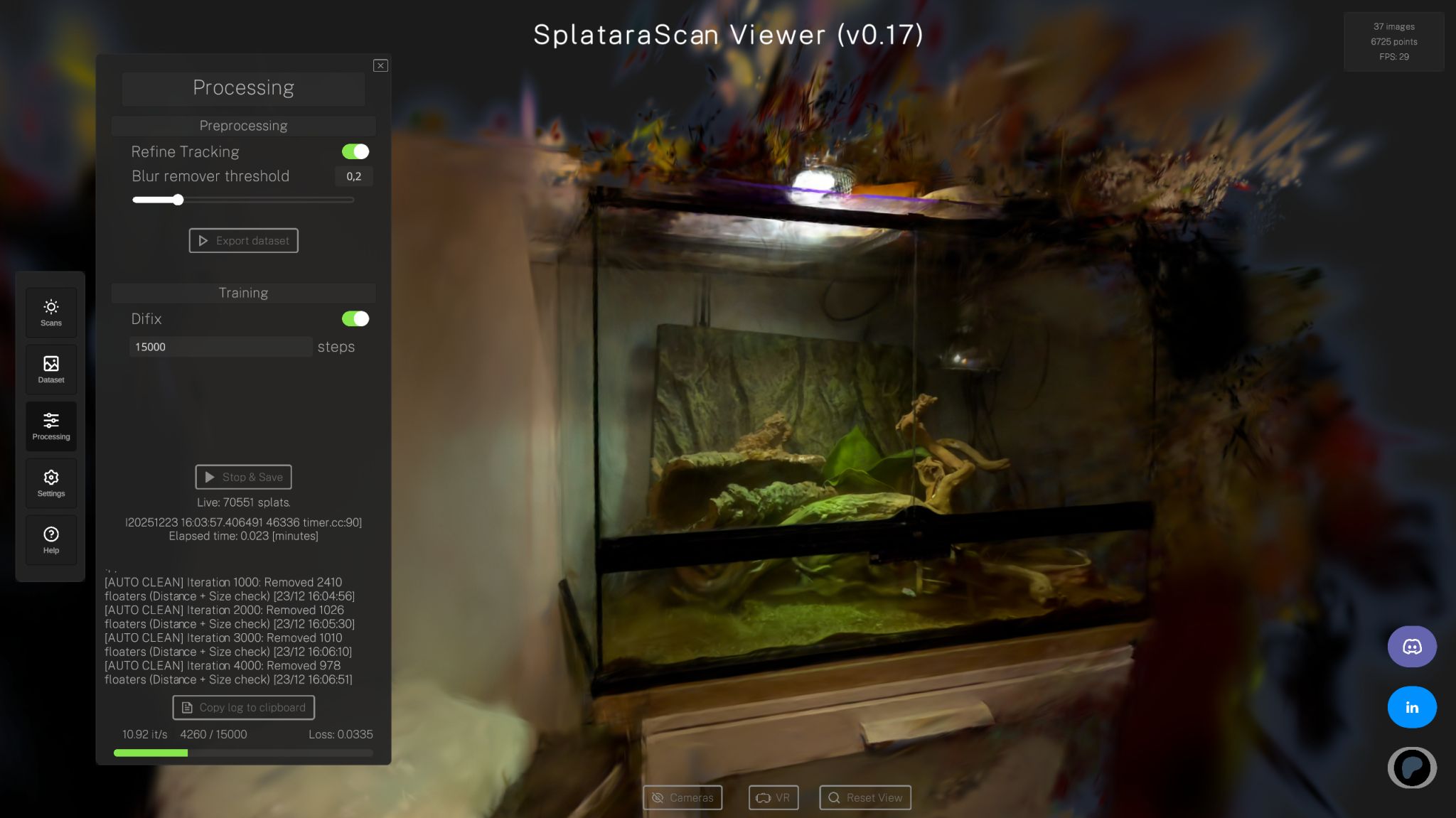
Michael Rubloff
Sep 18, 2025
NVIDIA’s open-source Vulkan-based renderer for experimenting with real-time 3D Gaussian Splatting and 3DGRT, has picked up a new update focused on compatibility and stability.
The new release adds support for .spz files, expanding compatibility with compressed reconstructions from Niantic's method. This means you can now pull in splat reconstructions directly in spz format without having to run conversions first, making cross-tool experiments faster and more convenient.
Also included is support for models with fewer than 3 degrees of spherical harmonics (SH). While higher order SH values provide richer shading and lighting, not every dataset needs or benefits from them. With this change, vkSplatting can now flexibly handle lightweight models, ensuring broader coverage across different reconstruction pipelines.
On the stability front, the raytracer has been hardened against large file crashes. Instead of exiting on error when loading oversized or complex scenes, vkSplatting is now more robust in how it processes them, keeping experiments running smoothly without abrupt interruptions.
It’s not the headline-grabbing leap of adding ray tracing pipelines or mesh compositing, but these kinds of quality-of-life updates matter. By reducing file conversion friction, broadening SH model support, and shoring up raytracing reliability, vkSplatting continues to refine itself into a practical, everyday toolkit for 3DGS exploration.
vkSplatting is Apache 2.0 licensed and freely available on NVIDIA’s GitHub.







